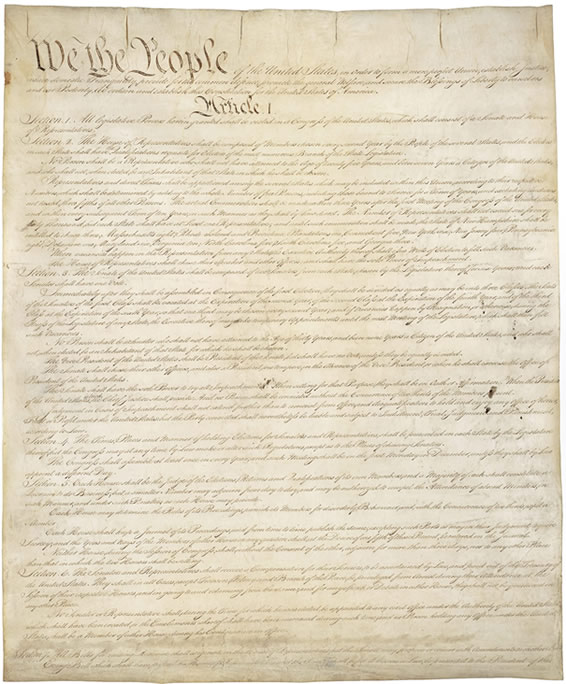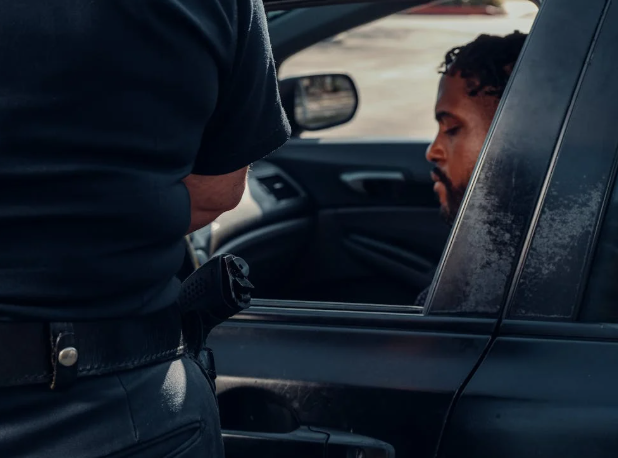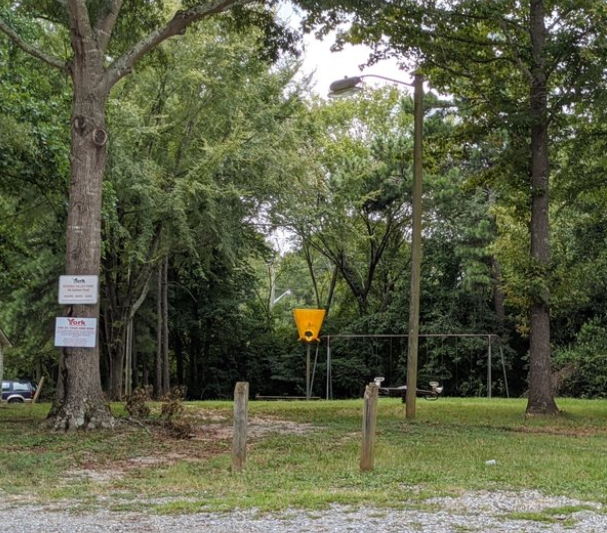Today we observe Constitution Day, a day to reflect on the bedrock of our nation. September 17, 1787, marks the day 39 brave delegates signed the U.S. Constitution at Independence Hall in Philadelphia, establishing the framework for the government we know today. This document, the oldest written national constitution still in use, remains a testament to the foresight of its creators.
Why We Needed the Constitution
The Constitution wasn’t created in a vacuum; it was born out of the failures of the Articles of Confederation. The Articles, our first governing document, created a weak central government with limited powers. It couldn’t effectively tax, regulate interstate commerce, or enforce laws, leading to economic chaos and disunity among the states. Shays’ Rebellion, an armed uprising of Massachusetts farmers protesting debt collection, highlighted the government’s inability to maintain order. These widespread problems made it clear that a stronger, more unified government was necessary to ensure the nation’s survival and prosperity. The Constitution was the solution, creating a federal system with three distinct branches of government to provide checks and balances, and to protect individual liberties.
The Signers of a New Nation
Thirty-nine delegates signed the Constitution, representing twelve of the original thirteen states (Rhode Island did not send delegates). These men, often called the Founding Fathers, represented a diverse group of political leaders, lawyers, and merchants.
Here’s the list of the men who signed the Constitution and the states they represented:
Connecticut
-
William Samuel Johnson
-
Roger Sherman
Delaware
-
George Read
-
Gunning Bedford Jr.
-
John Dickinson
-
Richard Bassett
-
Jacob Broom
Georgia
-
William Few
-
Abraham Baldwin
Maryland
-
James McHenry
-
Daniel of St. Thomas Jenifer
-
Daniel Carroll
Massachusetts
-
Nathaniel Gorham
-
Rufus King
New Hampshire
-
John Langdon
-
Nicholas Gilman
New Jersey
-
William Livingston
-
David Brearley
-
William Paterson
-
Jonathan Dayton
New York
-
Alexander Hamilton
North Carolina
-
William Blount
-
Richard Dobbs Spaight
-
Hugh Williamson
Pennsylvania
-
Benjamin Franklin
-
Thomas Mifflin
-
Robert Morris
-
George Clymer
-
Thomas Fitzsimons
-
Jared Ingersoll
-
James Wilson
-
Gouverneur Morris
South Carolina
-
John Rutledge
-
Charles Cotesworth Pinckney
-
Charles Pinckney
-
Pierce Butler
Virginia
-
George Washington (President of the Convention)
-
John Blair
-
James Madison Jr.
The Addition of the Bill of Rights
Following the signing of the Constitution, many people, particularly the Anti-Federalists, were concerned that the new document lacked specific protections for individual freedoms. They feared that a powerful federal government could potentially trample on the rights of citizens. To address these concerns and to ensure the Constitution’s ratification, a compromise was reached. James Madison, a key figure in the drafting of the Constitution, took on the task of writing a series of amendments that would explicitly guarantee certain fundamental rights. These first ten amendments became known as the Bill of Rights and were ratified on December 15, 1791.
Here is a list of the 10 amendments, with a brief description of each:
- First Amendment: Guarantees freedoms of religion, speech, the press, and assembly, and the right to petition the government.
- Second Amendment: Protects the right to keep and bear arms.
- Third Amendment: Prohibits the forced quartering of soldiers in private homes without the owner’s consent.
- Fourth Amendment: Protects individuals from unreasonable searches and seizures and requires warrants to be issued only upon probable cause.
- Fifth Amendment: Establishes several rights for those accused of crimes, including the right to a grand jury indictment, protection against double jeopardy (being tried twice for the same crime), protection against self-incrimination, and the right to due process of law. It also prohibits the government from taking private property for public use without just compensation.
- Sixth Amendment: Guarantees the right to a speedy and public trial, the right to an impartial jury, the right to be informed of the charges, the right to confront witnesses, and the right to legal counsel.
- Seventh Amendment: Guarantees the right to a jury trial in civil cases where the value in controversy exceeds a certain amount.
- Eighth Amendment: Prohibits excessive bail and fines, as well as cruel and unusual punishments.
- Ninth Amendment: States that the enumeration of specific rights in the Constitution does not mean that other rights not specifically listed are not also protected.
- Tenth Amendment: Reaffirms the principle of federalism by stating that any powers not specifically given to the federal government, nor withheld from the states, are reserved to the states or the people.
The Constitution has been amended 27 times, showing its ability to adapt to the changing needs of the country. Today, as we commemorate this historic document, we honor the principles of liberty, justice, and self-governance that it enshrines. It continues to be a guiding light for American democracy and a beacon for others around the world.
Sign up for our Sunday Spectator. Delivered to your inbox every Sunday, with all the news from the week.
















